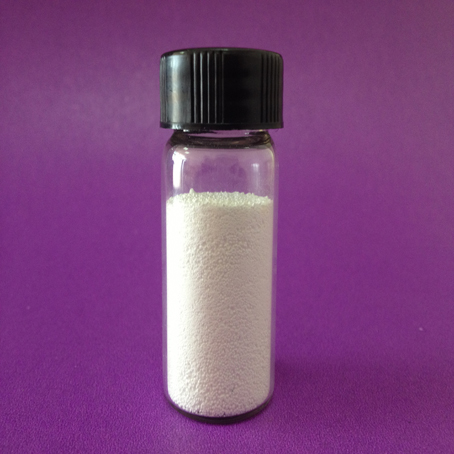| Message: | Taurine, is an organic acid widely distributed in animal tissues. It is a major constituent of bile and can be found in the large intestine, and accounts for up to 0.1% of total human body weight.Taurine has many fundamental biological roles, such as conjugation of bile acids, antioxidation, osmoregulation, membrane stabilization, and modulation of calcium signaling. It is essential for cardiovascular function, and development and function of skeletal muscle, the retina, and the central nervous system. Taurine is unusual among biological molecules in being a sulfonic acid, while the vast majority of biologically occurring acids contain the more weakly acidic carboxyl group. While taurine is sometimes called an amino acid, and indeed is an acid containing an amino group, it is not an amino acid in the usual biochemical meaning of the term, which refers to compounds containing both an amino and a carboxyl group.
Structure
Taurine is a derivative of cysteine, an amino acid which contains a thiol group. Taurine is one of the few known naturally occurring sulfonic acids. In the strict sense, it is not an amino acid, as it lacks a carboxyl group,[3] but it is often called one, even in scientific literature.[4][5][6] It does contain a sulfonate group and may be called an amino sulfonic acid. Small polypeptides have been identified which contain taurine, but to date no aminoacyl tRNA synthetase has been identified as specifically recognizing taurine and capable of incorporating it into a tRNA.
Taurine Applications
Taurine is a nonprotein sulfur-containing amino acid and smell-less, sourish and innoxious white acicular crystal. It is a major constituent of bile and can be found in the lower intestine and, in small amounts, in the tissues of many animals, including humans.
|
 my account
my account
 log out
log out
 my account
my account
 log out
log out
